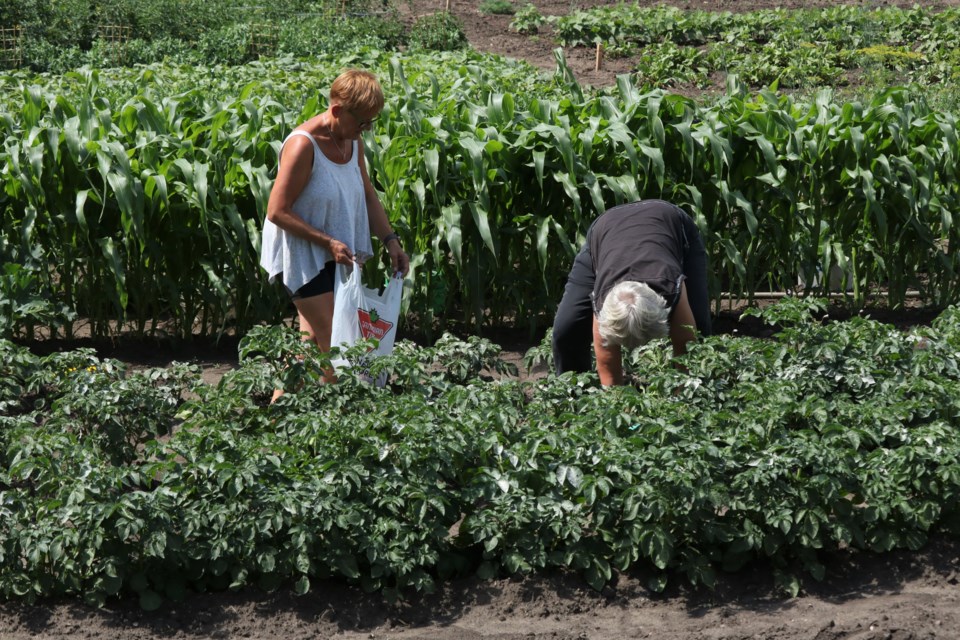YORKTON - The weather has been teasing us lately, but our garden dreams are now firmly in sight. When is the best time to plant? Every gardener has their own theory: some watch for signs in nature (three snows on a crow’s back); others have their own personal timetable (“if I can walk on the garden in my bare feet and not get cold the soil is ready”); and others are more scientific and might actually check the temperature of the soil.
We all know that timing is everything for a successful planting. We all know gardeners like this (maybe we are one of them!) and probably our enthusiasm gets us out in the garden too early! I’m sure all of us will be out there the first chance we get, and who can blame us? But enthusiasm alone does not make the garden grow. The soil temperature for most garden seeds should be about 15C. Of course some veggies like peas, lettuce and carrots like cooler temps, but will not likely germinate if the temp is under 5C.
I read an interesting guideline that said the ideal temperature of our soil for best germination should be ten degrees above the minimum suggested temperature. So no matter how eager we might be, the seeds know when they are supposed to grow. Planting too early can also lead to the seeds rotting, depending on the weather, so we have to be patient!
Growing zones are not straight lines crossing a map, with someone saying “okay, this area will be zone one, this one will be zone two…” Growing zones (and pockets that vary from place to place) are chosen by Mother Nature based on the time of the last frost, and the approximate date of the first frost in the fall. When we have these dates, then we know how many growing days we actually have to work with.
My sweet parents were wonderful gardeners, and never let the germination numbers on the seed packages intimidate them. But they were aware that by choosing seeds that had a longer date to maturity, the plant might require some extra care and attention either at the beginning of the season, or perhaps some covering and protection at the end of the season.
Many of us might think that the germination date listed on the seed package is the date when a tiny sprout appears from the seed. But this is not correct. The germination date is actually the point in the plant’s young life when it has it’s first real leaves. By ‘real leaves’ we don’t mean the cotyledons, those first cute little baby leaves that appear. These leaves are definitely important to get the growing process underway, storing food for the seed, but it is the leaves that follow next that are called the true leaves. So this might mean that the plant requires more time than we originally thought!
When all else fails in determining when to plant, do the math. If seeds require 100 days to maturity, and we plant on the May long weekend, which is May 19 this year, we know with reasonable certainty that unless we have a weather calamity, our crop in question will be ready approximately August 27. Hopefully missing any frosts!
Notice we say approximately. The weather is unpredictable. We all know how a garden can change or cease to exist after one bad storm. So we always hope for the best and think positive! I read this quote somewhere: “Non-gardener: “Did I just hear thunder?” Gardener: “I hear nitrogen!”. That is an interesting thought we can chat about another time! But for now, let’s focus on this year’s garden and the starting line-up for our seed choices! Thank you to YTW for their fine work! Visit the hort site at www.yorktonhort.ca and have a great week!






